I am working on the following code in C. So far it has all been working and it is zoomed to the correct level, etc, however I am struggling with getting the colors to work as I want. Ideally I would like to end up with something like this regardless of color:

however my program as it is below currently produces something like this:

Therefore, I would appreciate any help I could get with making the colors turn out as I want them to.
#include <stdio.h>
#include <stdlib.h>
#include <math.h>
#define ITERMAX 100.0
#define DIVERGING 1.1
#define XMAX 500
#define YMAX 500
#define COLORINTENSITY 255
/* allow up to ITERMAX feedbacks searching for convergence
for the feedback
z0 = 0 + 0i
znew = z^2 + c
If we have not diverged to distance DIVERGING before ITERMAX feedbacks
we will assume the feedback is convergent at this value of c.
We will report divergence if |z|^2 > DIVERGING
*/
/* We will print color values for each pixel from (0, 0) to (XMAX, YMAX)
The color of pixel (cx, cy) will be set by convergent()
or by divergent()
depending on the convergence or divergence of the feedback
when c = cx + icy
*/
/* The max value of the red, green, or blue component of a color */
void convergent(); /* one color for convergence */
void divergent(); /* a different color for divergence */
void feedback(double *x, double *y, double cx, double cy);
void pixel(char red, char green, char blue);
FILE *fp;
int main()
{
fp = fopen("mandelbrot.ppm", "wb");
double x, y, cx, cy;
int iteration,squarex, squarey, pixelx, pixely;
double grow=1.0;
/* header for PPM output */
fprintf(fp, "P6\n# CREATOR: EK, BB, RPJ via the mandel program\n");
fprintf(fp, "%d %d\n%d\n",XMAX, YMAX, COLORINTENSITY);
for (pixely = 0; pixely < YMAX; pixely++) {
for (pixelx = 0; pixelx < XMAX; pixelx++) {
cx = (((float)pixelx)/((float)XMAX)-0.5)/grow*3.0-0.7;
cy = (((float)pixely)/((float)YMAX)-0.5)/grow*3.0;
x = 0.0; y = 0.0;
for (iteration=1;iteration<ITERMAX;iteration++) {
feedback(&x, &y, cx, cy);
if (x*x + y*y > 100.0) iteration = 1000;
}
if (iteration==ITERMAX) {
iteration = x*x + y*y;
pixel((char) 0, (char) 0, (char) 0);
}
else {
iteration = sqrt(x*x + y*y);
pixel((char) iteration, (char) 0, (char) iteration);
}
}
}
}
void feedback(double *x, double *y, double cx, double cy) {
/* Update x and y according to the feedback equation
xnew = x^2 - y^2 + cx
ynew = 2xy + cy
(these are the real and imaginary parts of the complex equation:
znew = z^2 + c)
*/
double xnew = (*x) * (*x) - (*y) * (*y) + cx;
double ynew = 2 * *x * *y + cy;
*x = xnew;
*y = ynew;
}
void pixel(char red, char green, char blue) {
/* put a r-g-b triple to the standard out */
fputc(red, fp);
fputc(green, fp);
fputc(blue, fp);
}